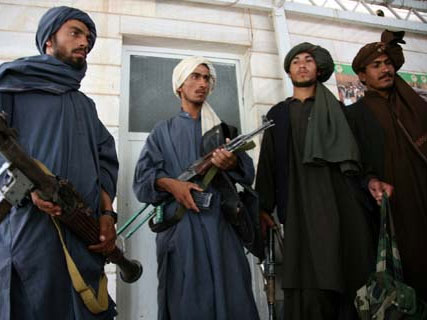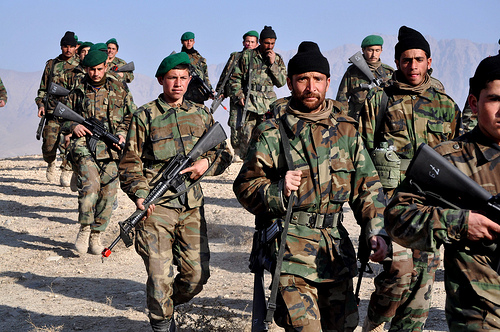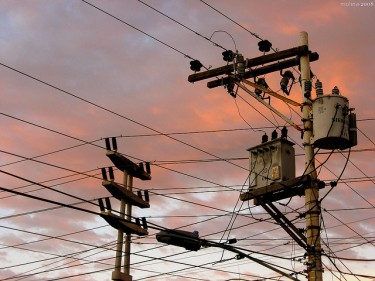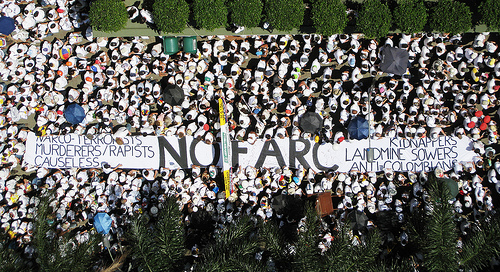
By the end of 2014, normal U.S. combat forces are scheduled to withdraw from Afghanistan. As this departure date approaches, Afghanistan and its U.S.-led allies continue to explore potential peace deals with the Afghan Taliban. At the same time, the Pakistani government is reportedly considering its own peace talks with factions of the Pakistani Taliban—the conglomerate responsible for daily small-arms and suicide bomb attacks in Pakistani territory.
Since the emergence of the Pakistani Taliban, Islamabad has entered into a handful of peace deals with factions belonging to the group—both written and unwritten—in attempts to placate the militants. Most of these peace deals, however, resulted in the further strengthening of the Pakistani Taliban, and only a few of the agreements lasted beyond a few months. Violence flared not long after the agreements became effective, and the Pakistani Taliban then demanded even further concessions from the government. The only exception was the situation in the Swat Valley, where the government launched an aggressive military operation against the Pakistani Taliban after the peace deal failed to render any results. In that case, the Mullah Fazlullah-led Pakistani Taliban faction was forced to flee the Swat Valley, and that region remains in control of the government today.
This article reviews the key peace agreements reached between Islamabad and various Pakistani Taliban factions, and it assesses whether the deals achieved their objectives.




